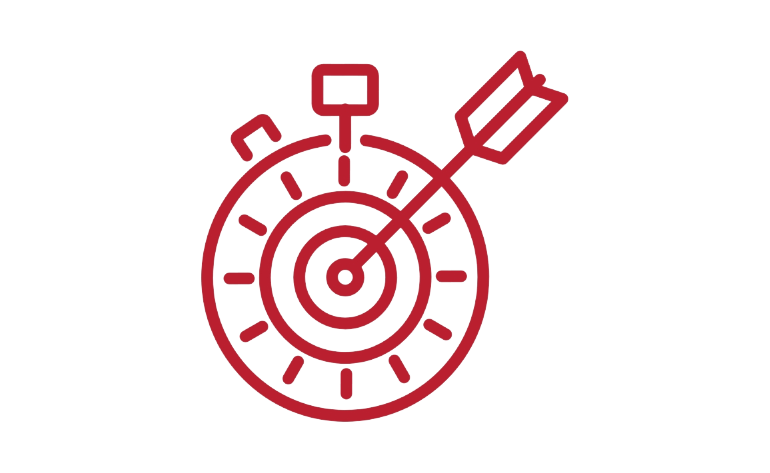Quality Assurance Plan




Erasmus+ Project
New study program in space systems and communications engineering
(SPACECOM)
WP3 - Quality Control
Quality Assurance Plan/Strategy
Draft Version 21.02.2020
Prepared by: EXOLAUNCH GmbH
New study program in space systems and communications engineering
(SPACECOM)
- The QA strategy/plan
- Quality assurance (QA) is an integral part of the internal management of all EU institutions following the standards in the European Higher Education Area. Quality assurance helps to support teachers and build expertise and capacity in the higher education system to deliver positive outcomes for students. Through sharing, understanding and applying standards and expectations, quality assurance helps to raise standards, expectations, and levels of consistency across HEIs. Efficient and effective approaches to quality assurance will require building on local practices, developing working approaches across HEIs authorities and partners and linking this work at a national level.
- The following objectives are defined to achieve it based on monitoring, self-evaluation and planning for improvement:
- to ensure that high standards of updated/modernized curricula are maintained and outcomes improved for students;
- to meet standards and expectations through the internal universties resources;
- to analyse and meet National Qualifications Frameworks;
- to ensure assessment materials and exemplification, including those that will be available;
- to ensure that accreditation of the developed curricula at national/institutional levels, regulations and guidelines are met, as well as applicable;
- to train target universities staff and academic facylty on quality improvement processes
- to provide quality assurance approaches of other non-academic partners;
- quality control as a part of external evaluation
- Activities for QA system development:
- Development of the Internal quality assurance system in the form of QA centers/reponsible specialists (quality group) in partner universities. This means that centres should have effective quality checks in place, define assessment tasks and activities,valid and reliable asessment decisions in line with national standards, and responsible for the internal verification of their assessments. This can also ensure that appropriate target-setting, monitoring and tracking of progress is in place and self-monitoring is based on a wide range of evidence across all aspects/outputs of the project including benchmarking information to inform improvement planning and raising achievement. The quality group should develop a unviersity’s quality assurance indicators for peer-reviewers of the new/updated courses (more to that see: “Recommendations for quality assessment of implementation of new and modernized curricula modules”)
- Development the procedure for self-monitoring by EXOLAUNCH (including reports template, questionnaires, surveys plans) with nevessary conclusions and recommendations every 6 months (by EXOLAUNCH) (including comparison with timetable of the project activities; evaluation of outcomes and their quality in form of special developed report template). It will ensure an appropriate focus on coherent planning, checking, sampling, reviewing and providing feedback for quality improvement.
- External monitoring: subcontracting an external evaluator that should analyse the state of the project implementation and give feedback on the work of the partner universities; Develop and present recommendations (quantitative and qualitative) about implementations of the mid-term report and the final report of the project in each project country (evaluation report); Review of major deliverables prior to submitting to the EACEA; Prepare summary of recommendations in English and send it to the Coordinator 7 days before the submission.
- Inter-project coaching (optional): Representatives of PC universities can organize a meeting (virtual or face-to-face) in order to share experience of self-monitoring process/implementation of project activities. Due to such “peer-review” meetings representatives can ensure that quality assurance activities are fit for purpose, comparable, manageable and accessible.
- Project approaches will include opportunities for collaboration both virtual and face-to-face (for example, through network groups and professional development workshops).
Through the series of workshops curriculum planners and managers (faculty heads/principal teachers) of target universities will train to build on existing practices to ensure that quality assurance activities are fit for purpose, comparable, manageable and accessible.The workshops also will provide opportunities and support for staff working collaboratively on quality assuarnce, verification and contributing to the National Qualification Frameworks.
- During Quality Assesment process the following outputs/project products shold be examine: syllabuses, learning materials, tests, delivery and support system of Web-based courses, new BA/MA courses implementation and learning.
- Milestones: self-monitoring system established; Quality groups established; feedback, questionnaire, self-monitoring reports; external evaluation reports
- Indicators: number of self-monitoring reports, number of questionnaires and surveys; external M&E reports; number of internal quality groups; number of specialists trained in QA.
- Plan of monitoring of the project activities
|
|
2020
|
2021
|
2022
|
|
|
Periodic reporting on the project achievements based on self-monitoring reports
|
15/05
|
15/11
|
15/05
|
15/11
|
15/05
|
15/11
|
|
|
|
Field monitoring visits:
|
|
|
|
2020
|
2021
|
2022
|
|
|
Uzbekistan
|
|
|
|
|
|
|
|
|
Interim reporting
|
|
15/05
|
|
|
|
Final reporting
|
|
|
15/11
|
|
|
Annual reporting*
|
15/11
|
15/11
|
15/11
|
* This is the date of submitting final corrected version of report
Time-line of reporting:
|
M1
|
M6
|
M12
|
M18
|
M24
|
M30
|
M36
|
|
Start
November 2019
|
|
|
May 2021
|
|
|
End
November 2022
|
|
Periodic, interim, final and annual reports should be based on the following contents.
Contents of the project monitoring & evaluation:
- Cruciality of the project activities
- Efficiency of the project realization
- Project achievements (results)
- Impact of the project measures (follow ups)
- Sustainability of the project results. Periodic surveys and feedback analysis of target groups.
- Communication process between consortium partners
- Dissemination of the project activities and results
- The project management




